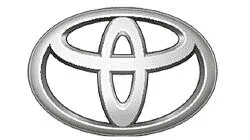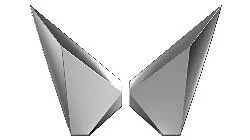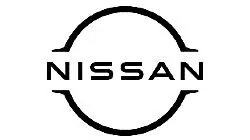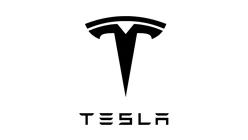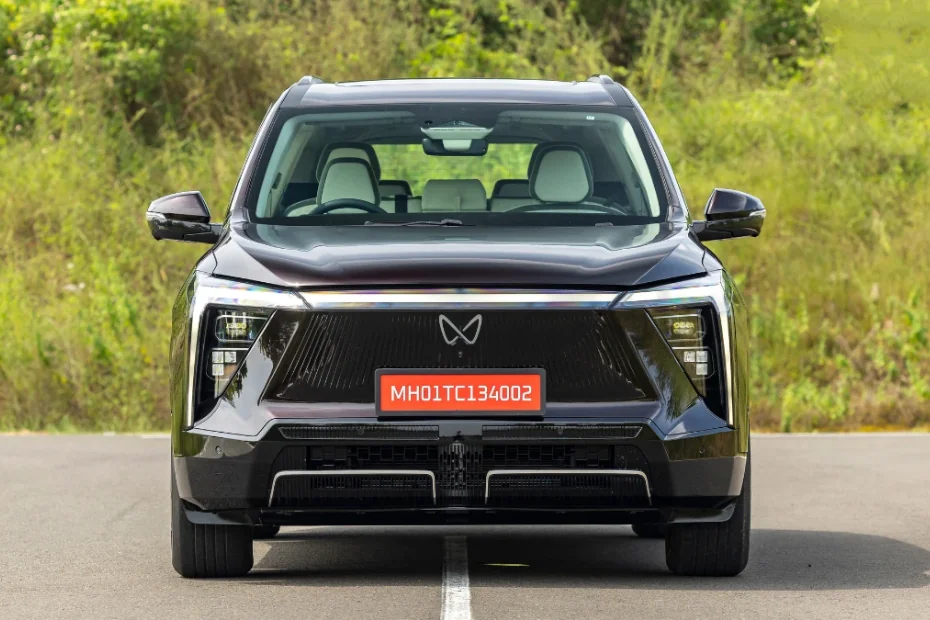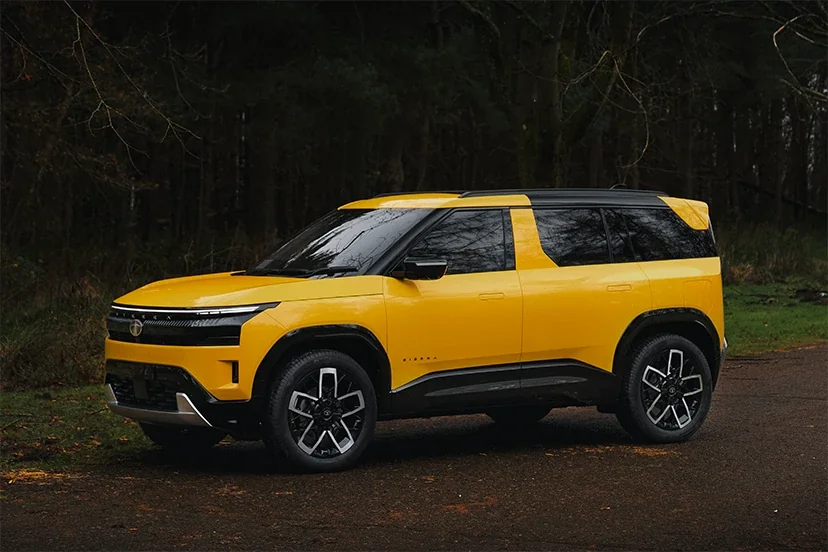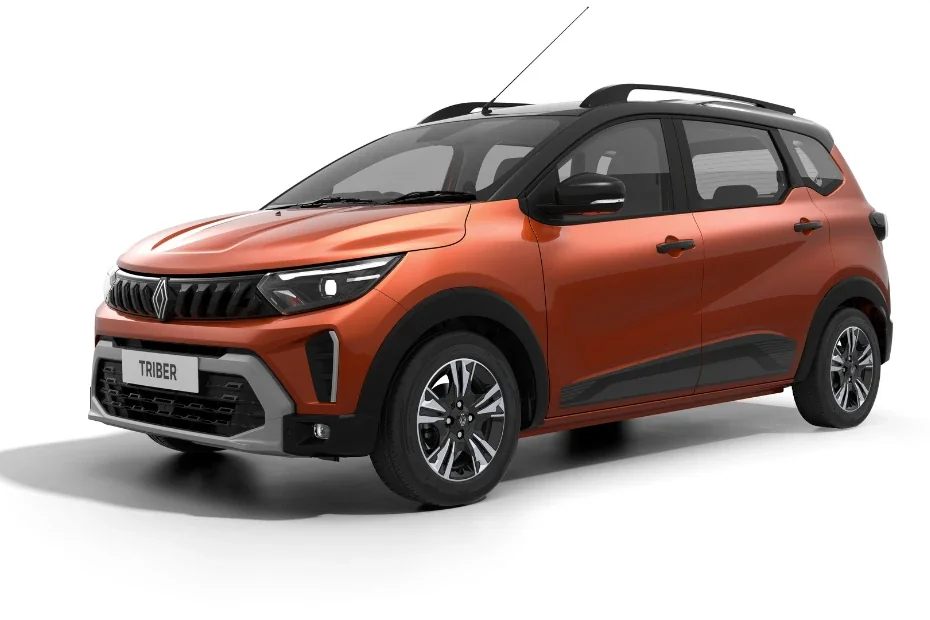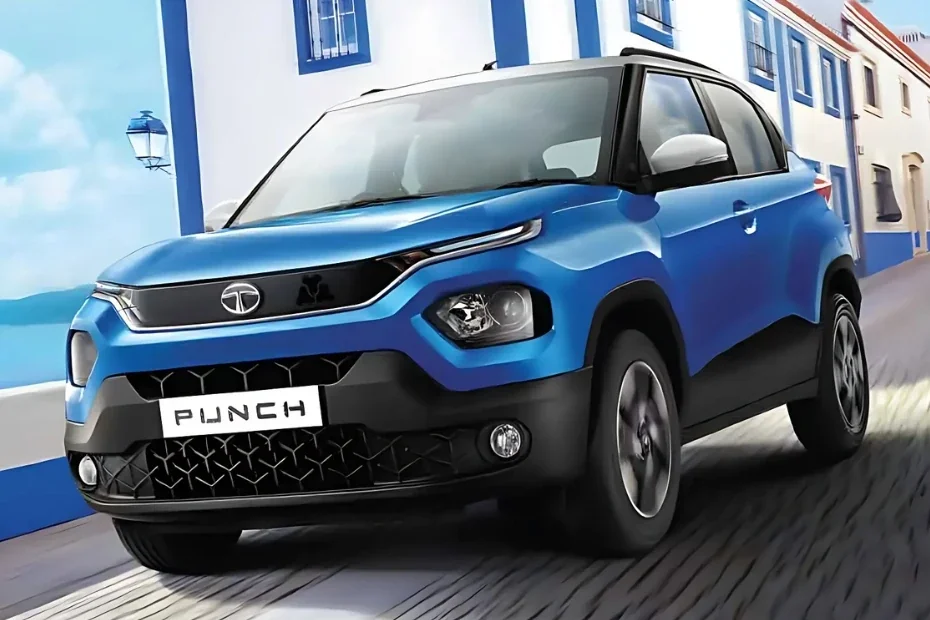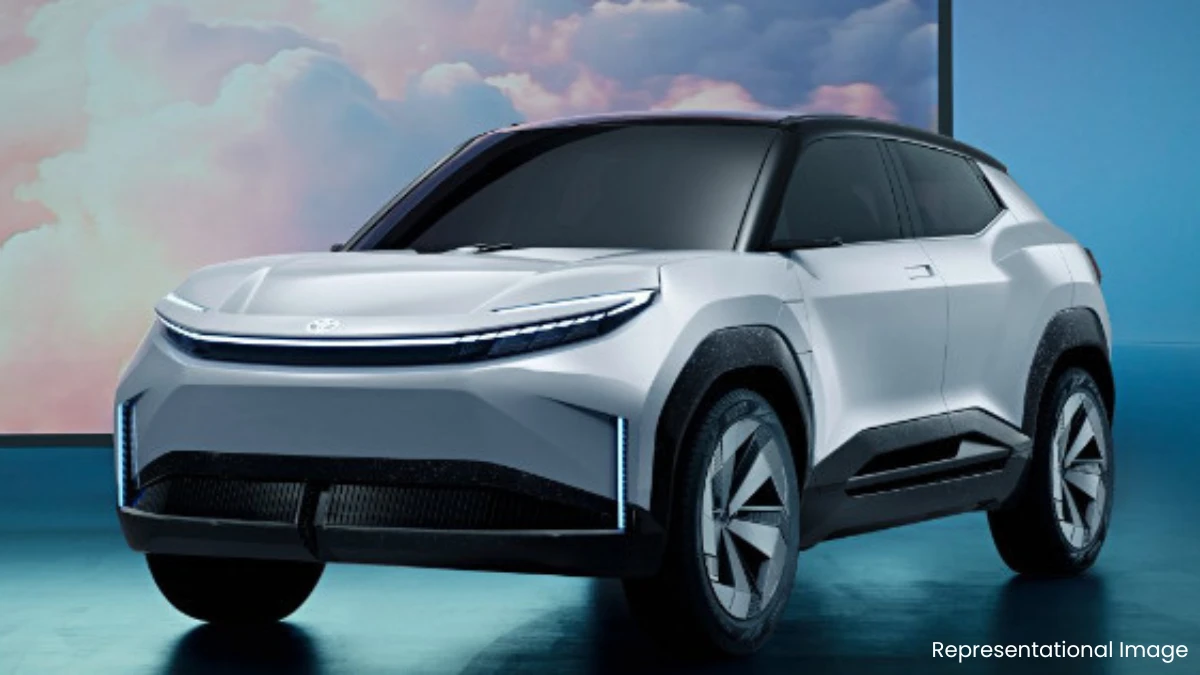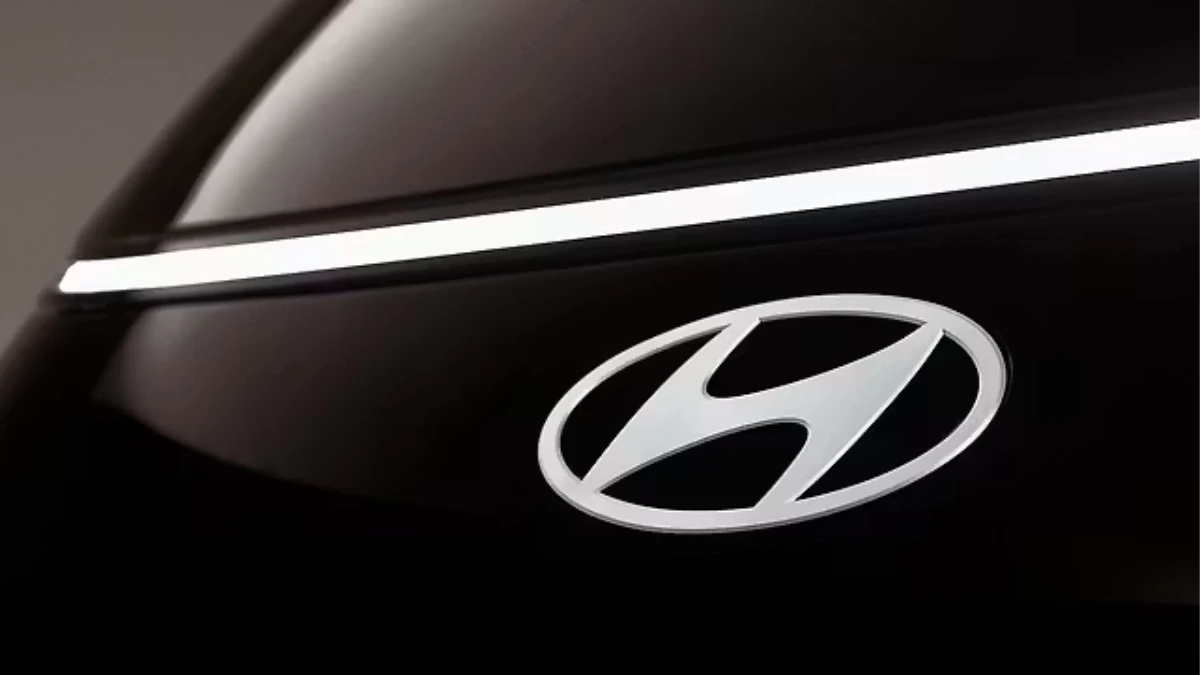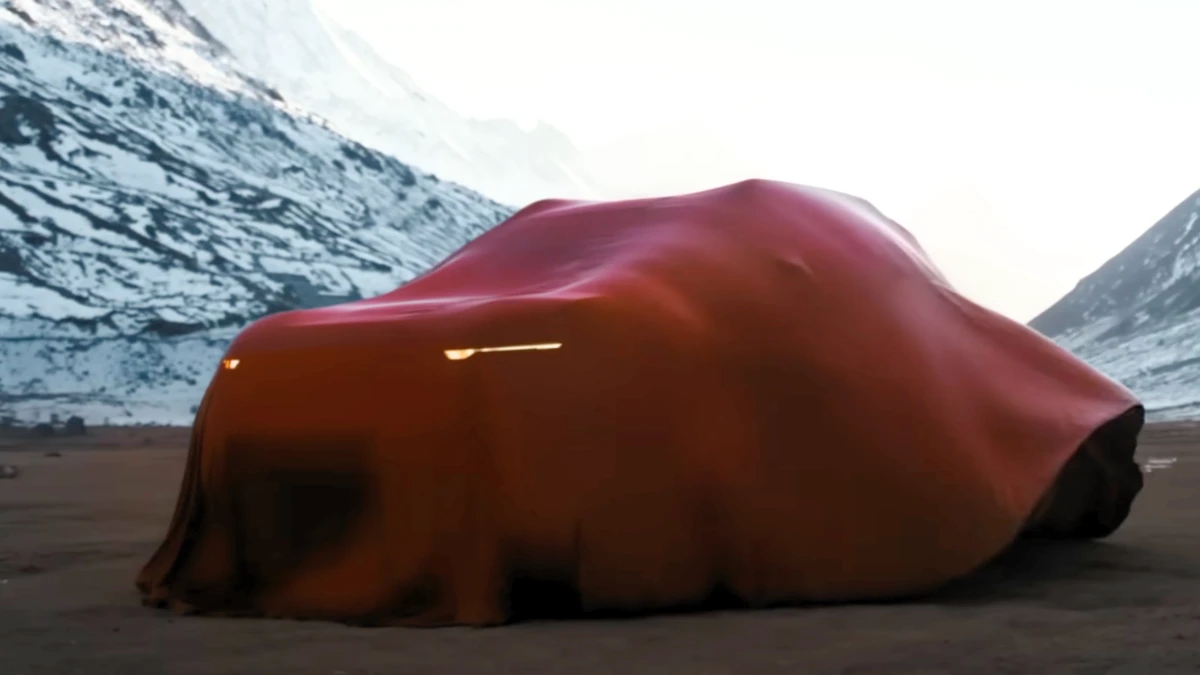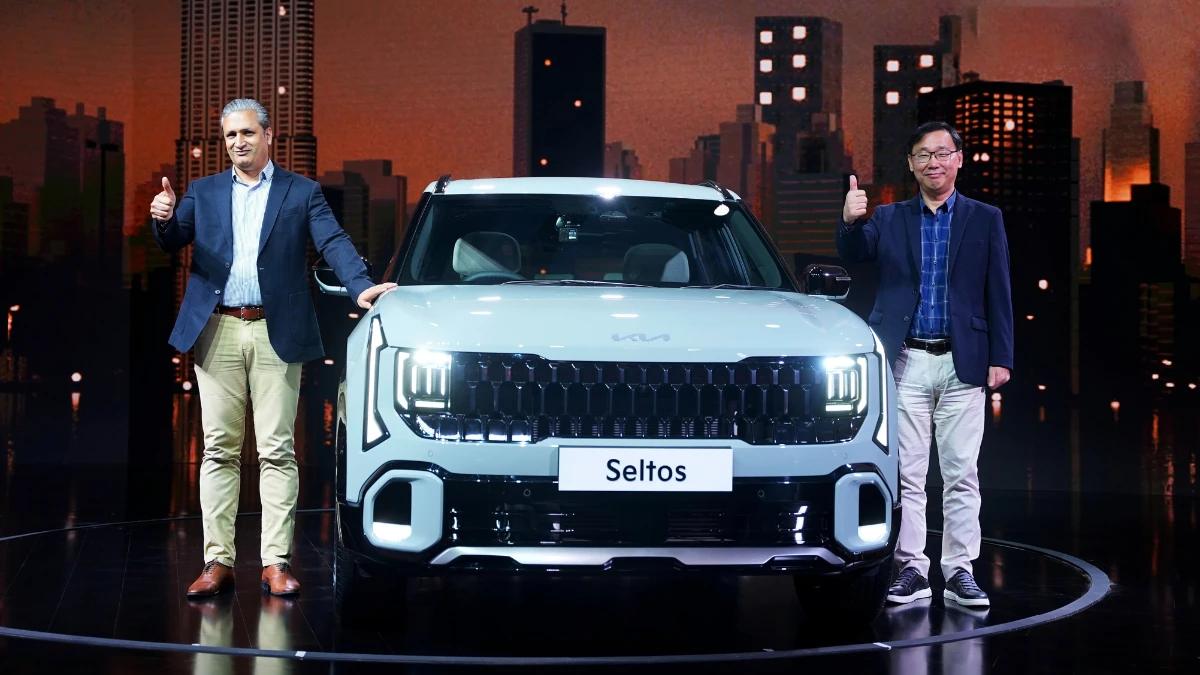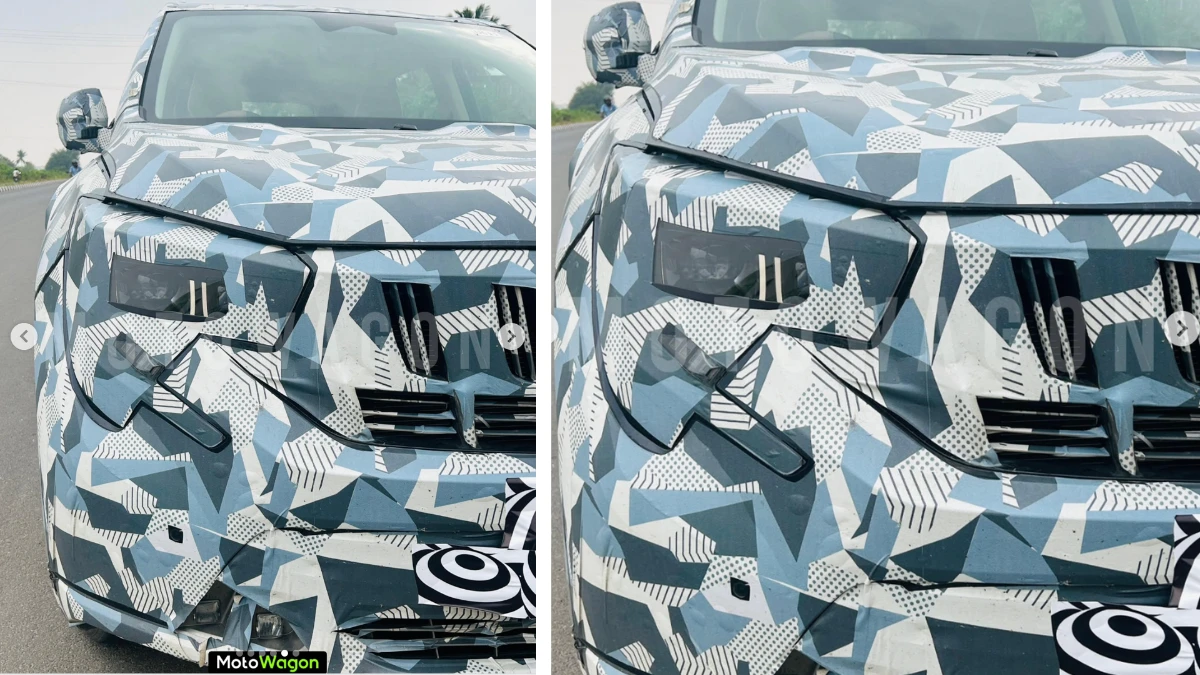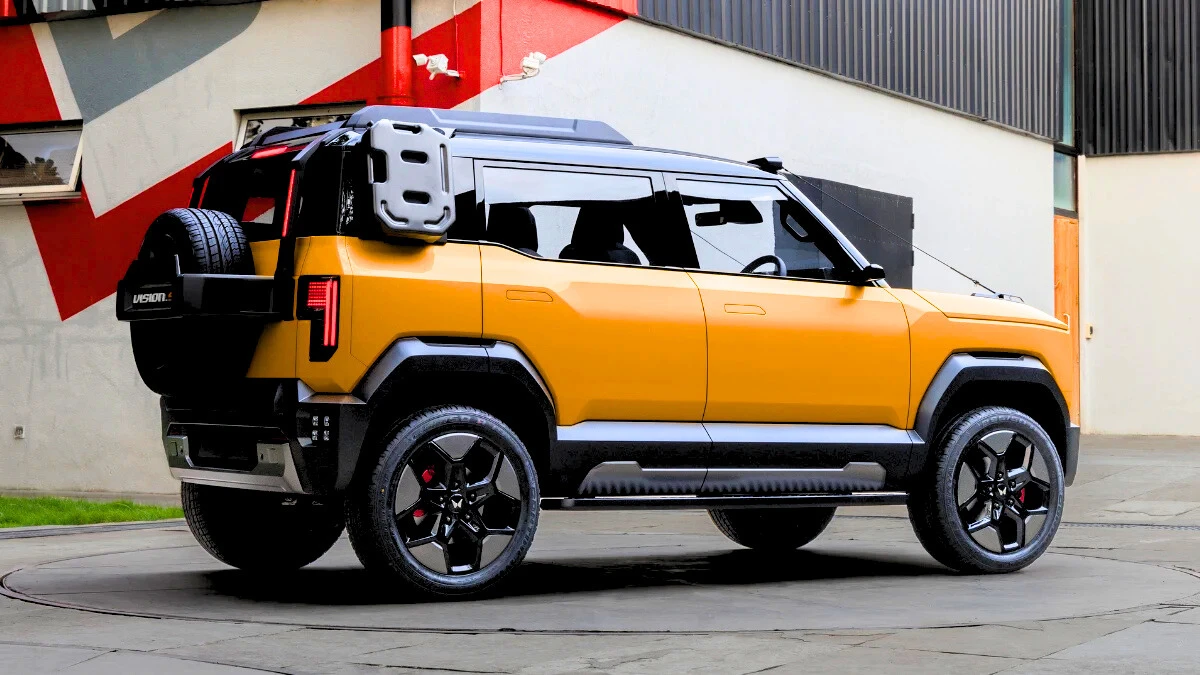Honda-Nissan Merger: Power Struggles, Hybrid War & Massive Job Cuts!

The merger between Honda and Nissan has been one of the most talked about topics in the global automobile industry since its official announcement in December 2024. However, the road to the merger has not been straightforward and has taken multiple twists and turns over the last two months. Initially, both brands agreed to introduce badge-engineered products, and Honda also expressed its intention to enter the full-size SUV segment with its version of the Nissan Patrol SUV.
Nissan Rejected Honda’s Ownership Offer
Moving forward, Nissan declined Honda’s offer of full ownership and ended merger talks, which were valued at $60 billion. Honda had asked Nissan to kick out Renault by purchasing Renault’s shares.
Leadership Conflict & Hybrid Powertrain Dispute
Now, the merger deal between these two OEMs appears to be dissolving further, as Honda has demanded that Makoto Uchida step down from his position as Nissan’s CEO. Furthermore, Honda has asked Nissan to ditch its hybrid powertrain (e-Power) in favour of Honda’s hybrid system. As expected, this proposal was strongly opposed by Nissan, widening the gap between the brands. While there are still many unanswered questions related to this global merger, the two firms will continue their collaboration on electric vehicle (EV) development.
Nissan’s Cost-Cutting Plans
In an effort to save its business, Nissan is now preparing to work solo and has begun the process of reducing its workforce. The carmaker plans to cut out nearly 6,500 jobs across its car and engine facilities. In the initial phase FY25 – April 2025 – March 2026), the Japanese automaker will reduce its workforce by 5,300, followed by additional 1,200 job cuts by FY26 (April 2026 – March 2027) and more. The remaining 2,500 dismissals will be done by cutting down the indirect workforce via a voluntary separation program or removing certain job titles.
Plant Closures
By the financial year 2026, Nissan aims to reduce its annual global production capacity from five million to four million units, accounting for a 20 percent reduction in total volume. The carmaker plans to shut down its three manufacturing facilities, starting with its Thailand-based plant during the first quarter of FY2025. The other two will be closed in FY2025 Q3 and FY2026. Furthermore, the Japanese automaker is scaling down operations at its two assembly facilities in the United States of America – Canton in Mississippi and Smyrna in Tennessee.
Also Read: Kia Carens Facelift New Features Revealed
About Author
Chhavi Kaushik is a seasoned content writer with over a decade of experience, beginning her career in 2010. Her fascination with automobiles led her to the industry in 2014. As a freelancer, She has contributed to some of the most reputed online automotive publications, consistently delivering fresh updates on the latest automotive events, product launches, car reviews, and critical industry insights.
Top Car Brands in India
Top Car Brands in India
Trending Car News in India
Trending Cars in India
Trusted Dealer
All Over India
Irresistible Offers
Stay Updated, Pay Less
Compare Cars
Choose the Right Car
Easy Finance
Multiple Finance Options

Monday - Saturday
10:00am - 6:30pm
+91 7947722777, +91 7479000444, +91 9311718549
contact@carlelo.com









